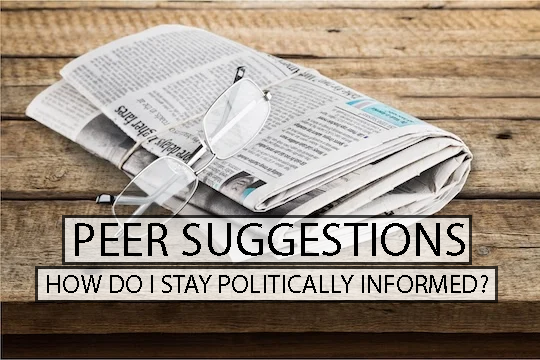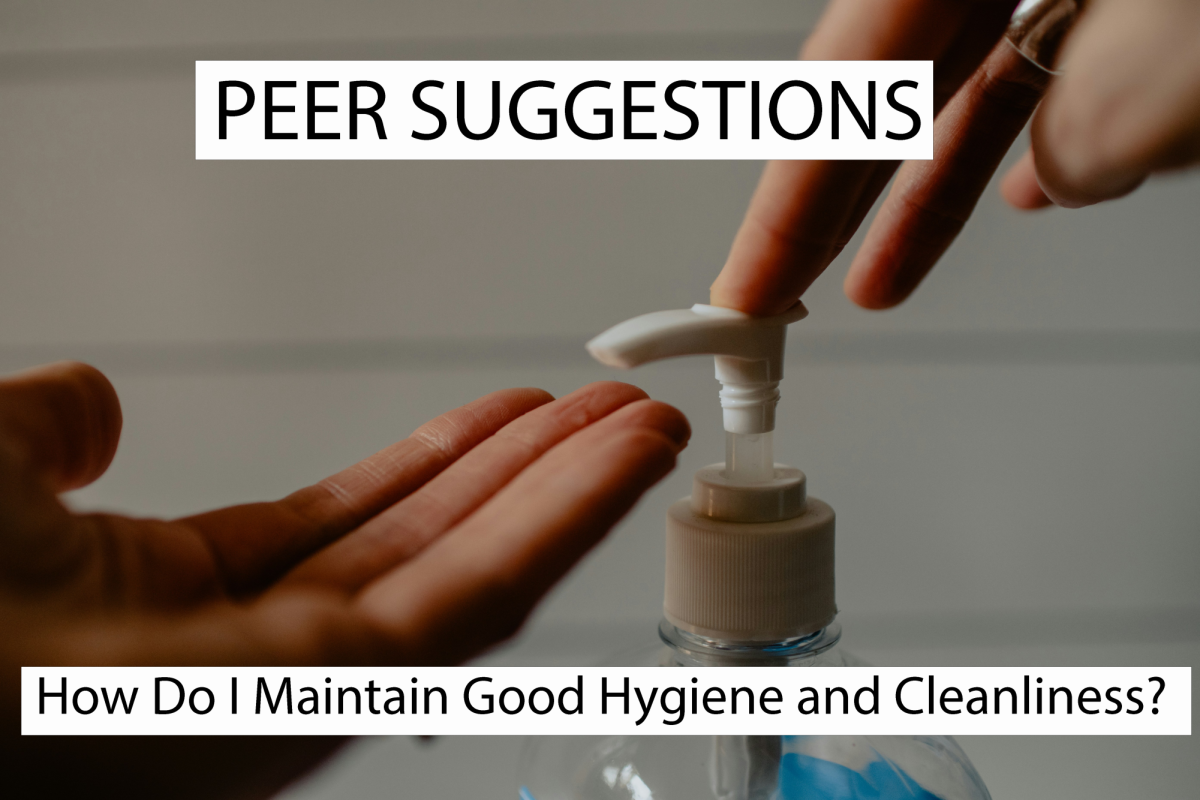In an earlier article, I briefly mentioned the LGBTQ “panic” defense law, and I wanted to take this opportunity to give an in-depth explanation of what this defense system is. The LGBTQ+ “panic” defense law states that those charged with violent crimes can use someone’s supposed gender or sexuality against them, and by using this defense it can reduce or evade any liability for the crimes committed. They can use this information to defend themselves in a court of law. The goal of this “defense” is to employ homophobia and transphobia to persuade the jury into partially or fully acquitting the defendant. Sometimes the bigotry that comes with this “panic” defense is not successful in court. Every time someone uses this “panic” defense just confirms to a lot of people that many think LGBTQ+ lives are worth less than everyone else’s. The defense has been used a lot of times to justify harming or murdering LGBTQ+ people, and one of the more notable cases where this was used is Matthew Shepherd’s murder trial.
Matthew Shepherd was a 21-year-old, gay college student, who was abducted and tortured by two roofing workers, Russell Henderson and Aaron McKinney who were both the same age as him. McKinney had told Sheriff Dave O’Malley, the lead investigator on the case, that he and Henderson had planned to act gay to gain Matthew’s trust. They had already planned to use Matthew’s sexuality against him when they abducted and tortured him. They had originally planned to lure him into McKinney’s truck to rob him. They had attacked him in the truck and stole his wallet before they drove a mile out of town, tortured him, stole his leather shoes, and left him alone. He was rushed to the hospital after a teenager found him and died five days after due to his head injuries. This murder happened in 1998 and shook America and had many celebrities and politicians on Capitol Hill voicing their concerns. At the time, President Clinton had condemned the attackers as being “full of hatred or full of fear or both.” During the trial, they had tried to use the excuse that Shepherd made McKinney fly into a rage because he touched his leg, and the judge threw out the “gay panic” excuse. While it was unsuccessful, it had permanently stained Matthew’s memory by blaming him for his torture and death.
There are other ways the panic defense bill is used in court and sometimes it’s used along with other pleas. One way it’s used is when people plead insanity and it’s often paired with the reasoning that the victim’s romantic advances triggered an emotional breakdown. Another way is the defense of provocation which alleges that the victim’s romantic provocation is grounds enough for them to be assaulted or murdered. It further leads to the stereotype and misinformation that LGBTQ+ experiences are harmful, and warrant being assaulted or murdered. Lastly, self-defense is another key factor and by claiming self-defense they are saying the victim is causing harm to them because of sexual orientation or gender identity. Using the gay panic defense has never been successful when trying to sway juries in favor of the defendant. There have been cases where it’s been used, and one example happened in 2018 when the panic defense was used to mitigate a murder charge. It is hard to track how successful the panic defense is as many people as possible who track the cases rely on local and national news coverage.
Why is this harmful? It’s harmful because it gives people an out if they decide to attack someone because of their sexual orientation or gender identity. While many judges will not accept the LGBTQ+ panic defense as a reason, there is a good chance that some will, depending on the state you’re in. This panic defense runs on bigotry and tells the LGBTQ+ community that their lives or safety are not worth as much as everyone else’s. It gives the attacker an out to not do their full prison sentence and it even allows them to get a lesser charge if it involves murder. With the rise in hate crimes against LGBTQ+ people in recent years, I wouldn’t be surprised if some judges allow defendants to use this reasoning when they’re on trial for attacking or murdering an LGBTQ+ individual. The best thing that can be done is to contact your local and state government. Contact the representative in your area and tell them to ban the panic defense in the state. If more people contact them about it, it will be more known as harmful.









